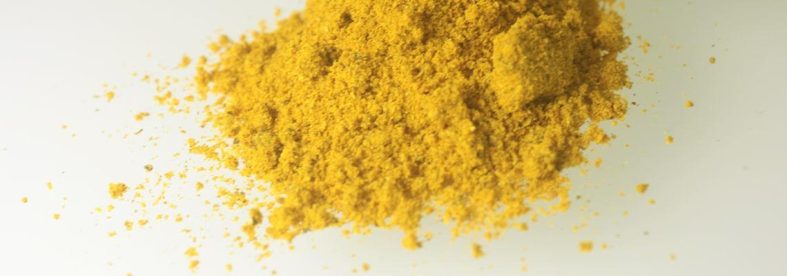Sulphur is no stranger to Chinese people. As early as thousands of years ago, ancient Chinese began to use sulphur, including curing diseases, alchemy and other activities. In modern society, sulphur has been given to the advancement of science and technology. A new value – rubber vulcanizing agent.
As an ancient material, rubber was used by ancestors for a long time. At that time, rubber could only be used for adhesives and waterproof clothing. Because rubber has a fatal disadvantage, that is, it is too sensitive to temperature. When the temperature is a little higher, it will become soft and sticky, and it will smell; when the temperature is low, it will become brittle and hard, which requires an essential process, vulcanization. In the whole vulcanization process, sulfur is an indispensable additive, and of course there are many kinds of it.
In the rubber industry, we often use sulfur powder, insoluble sulfur, colloidal sulfur, precipitated sulfur, sublimed sulfur, deacidified sulfur and non-crystalline sulfur. The first three are more commonly used. Like sulfur powder, it is obtained by crushing and screening sulfur blocks, and it is the most widely used sulfur in the rubber industry. Insoluble sulfur is a homopolymer of sulfur, also known as polymeric sulfur. Its biggest advantage is that the product is not easy to bloom, and it is widely used in rubber products such as high-grade steel wire radial tires. Compared with the first two, the state of colloidal sulfur is very different. It is a paste made by grinding sulfur powder or sedimentary sulfur together with a dispersant, which is mainly used in latex products.
For traditional rubber to have excellent performance, it must form a three-dimensional network space structure from linear macromolecular chains through cross-linking. The cross-linking process is also commonly referred to as vulcanization of the rubber, because the initial cross-linking is achieved with sulfur. After the rubber is vulcanized, as the structure changes, the properties also change: the rubber no longer flows when heated, and is no longer soluble in its good solvent, the modulus and hardness are improved, the mechanical properties are improved, and the aging resistance and chemical stability are improved. . Therefore, it is only after the discovery of sulfur that rubber has become a polymer material with excellent performance and wide application.
Of course, in order to form a complete vulcanization system, sulfur forms a vulcanization network in rubber, and other compounds such as activators and accelerators are required to form a complete vulcanization system, and with the development of the rubber industry, people put forward higher requirements for the performance of rubber products. , Sulphur types and substitutes are gradually being developed and produced.

